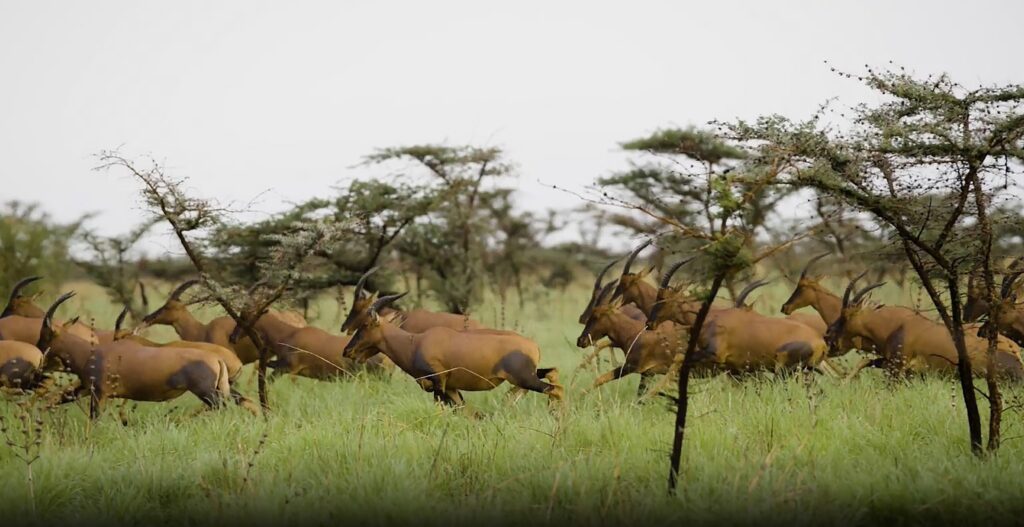
A recent aerial wildlife survey in South Sudan has revealed a stunning spectacle – a massive migration of antelope estimated to be the largest on Earth.
The survey, conducted by the nonprofit African Parks in collaboration with the South Sudanese government, counted roughly 6 million antelope traversing the vast grasslands. This dwarfs previously known large migrations, such as the 1.36 million wildebeest of the Serengeti.
The migrating herds primarily consist of white-eared kob, along with tiang, Mongalla gazelle, and bohor reedbuck.
This annual movement stretches across an area roughly the size of Georgia, encompassing South Sudan’s Badingilo and Boma National Parks and spilling over into neighboring Ethiopia.
The discovery has ignited national pride in South Sudan, a nation striving to rebuild after years of conflict. The government envisions this spectacle becoming a future tourist draw.
However, a dark cloud hangs over this natural wonder. Poaching poses a significant threat to the antelope populations. The combination of readily available weapons left over from the conflict, new roads facilitating market access, and recent crop failures pushing communities towards subsistence hunting has led to alarming rates of wildlife loss.
African Parks estimates that around 30,000 animals were killed each month between March and May of this year.
Understaffed and underequipped, park rangers struggle to effectively patrol the vast area. The wildlife ministry receives minimal government funding, leaving rangers unpaid and outmatched by poachers.
Despite President Salva Kiir Mayardit’s commitment to wildlife protection, concrete action remains elusive. International cooperation and a shift in government priorities are crucial to ensure the survival of this awe-inspiring migration.




